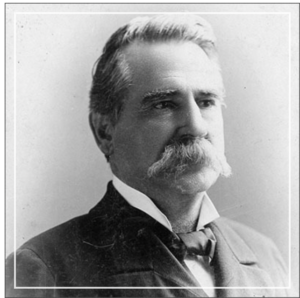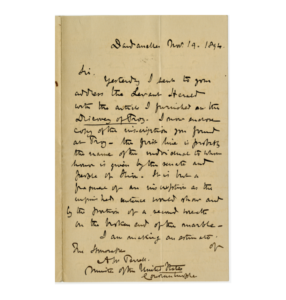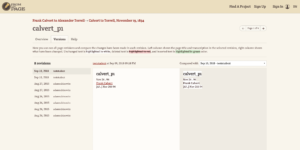
There's a Classics professor, Adam Rabinowitz, at the University of Texas at Austin, who uses FromThePage as a teaching tool in an undergraduate course. The class — "Tales of the Trojan War: from Bronze Age to Silver Screen"— works with a collection of letters from Alexander Watkins Terrell, Texas judge and legislator, an early regent at the University of Texas, and Grover Cleveland's minister to the Ottoman Empire, who tried to convince the University to buy the ancient city of Troy. He structures his lessons as a live action game:
Step 1: Find the Archival Collection
Students were sent into the archives of the Dolph Briscoe Center for American History at UT to find the collection of letters and take a selfie with them, proving they can navigate a finding aid and work with the archives staff to see primary source material. From Professor Rabinowitz’s assignment: “You will need to find, among the letters of Texas Judge Alexander Terrell at the Briscoe Center for American History (a UT "gem"), a letter he wrote describing his visit to the site of Troy in 1894, together with letters related to Frank Calvert's offer to sell to UT his property and collection of Trojan antiquities.”

Step 2: Transcribe
Then Dr. Rabinowitz "unlocks" — by adding the students to a private collection in FromThePage — a collection of letters for the class to transcribe. Each student is assigned to transcribe at least half of any document in the collection:

Step 3: Review and Edit
After they transcribe their letter, Dr. Rabinowitz reviews and edits the student’s work on FromThePage, sometimes using the “versions” tab to show the difference between the student’s work and his edits.
Step 4: Write a Paper.
Dr. Rabinowitz unlocks a larger collection of already transcribed letters and asks students to "use your own transcriptions and additional transcriptions provided by me to write a formal, well-organized paper explaining why you think UT should or should not have purchased these antiquities in the 1890s."
How have you used primary sources and transcription in the classroom?

